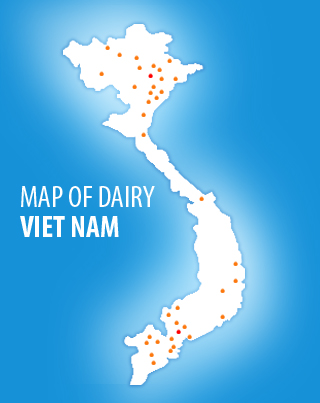News
2022 EU milk collection growth negative

According to the EU's most recent short-term outlook report, which is based on reflections of market experts within the European Commission's Department for Agriculture and Rural Development, hot and dry weather this summer contributed to lower biomass formation, resulting both in lower grass availability and quality.
Among the biggest EU producing regions, France, Germany, Benelux and Southern Europe were impacted the most while the situation remained relatively positive in Poland, Ireland and Denmark.
In addition to hampered grass quality, feed crops were also impacted negatively. On some occasions, farmers already used feed to be stored for winter months, to sustain certain production levels. Also, farmers opted for anticipated slaughterings or shortening of lactation to adjust to future feed availability. Therefore, it is likely that cows’ slaughterings further grow in addition to Jan-Jun developments (+23% in Spain, 20% in Ireland, 13% Italy, 5% Poland).
Hot and dry weather created considerable stress for cows, leading to a lower fertility rate, as well as lower productivity. Thus, the yield growth is expected to remain below 2021 (0.4%), and the dairy herd reduction could be the same as anticipated previously. While some production recovered in July, the downward trend is likely to stay, and therefore Q3 and Q4 milk production could remain negative (-0.3% and -0.6% respectively), resulting in an annual EU milk collection decline of 0.5%
Some growth is likely to occur in Poland (+2%) and DK (+0.5%), while Italy and The Netherlands could sustain the production level of 2021. However, this would not compensate for production losses in France and Germany, and to a lower extent in Ireland.




















